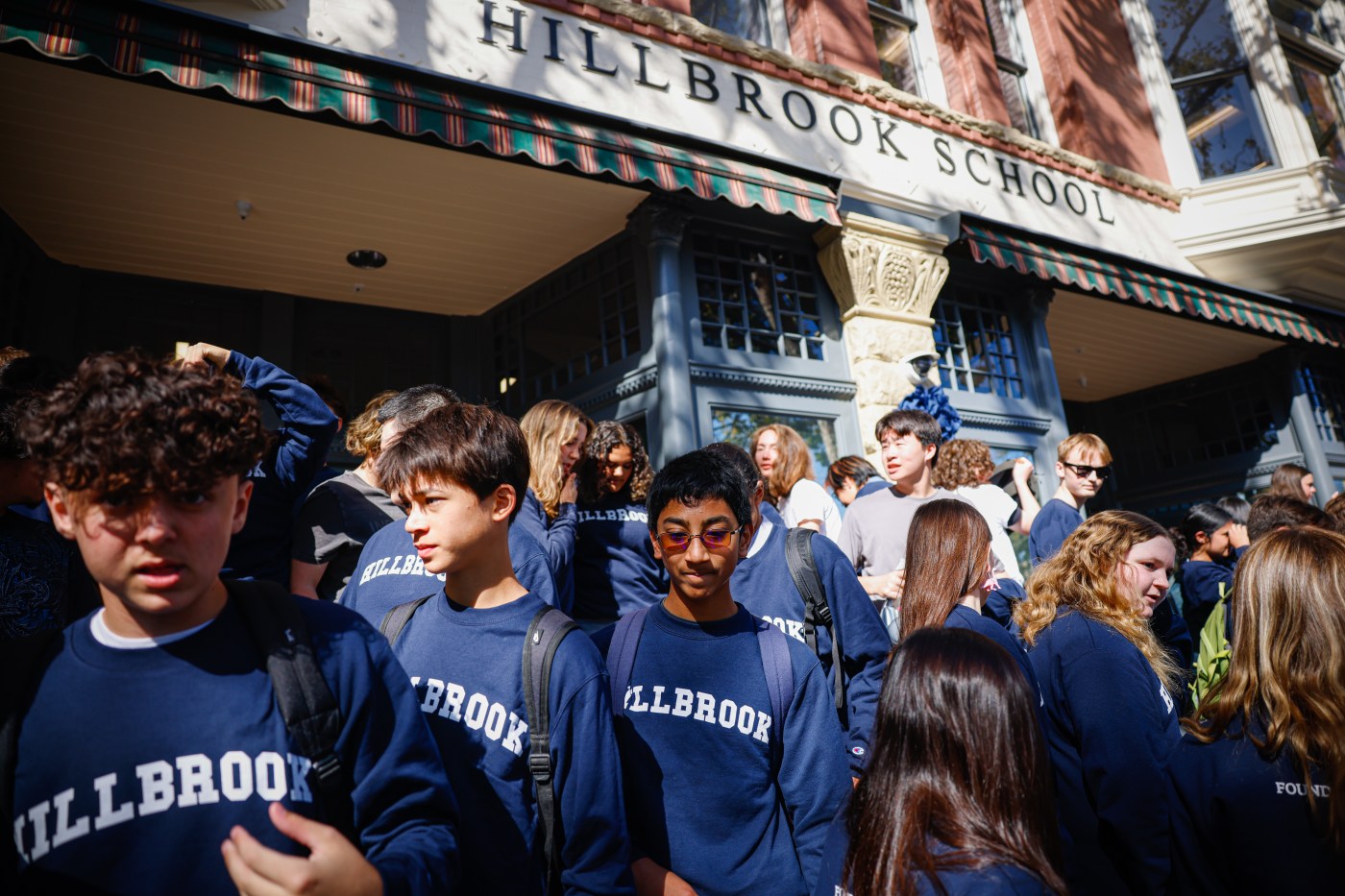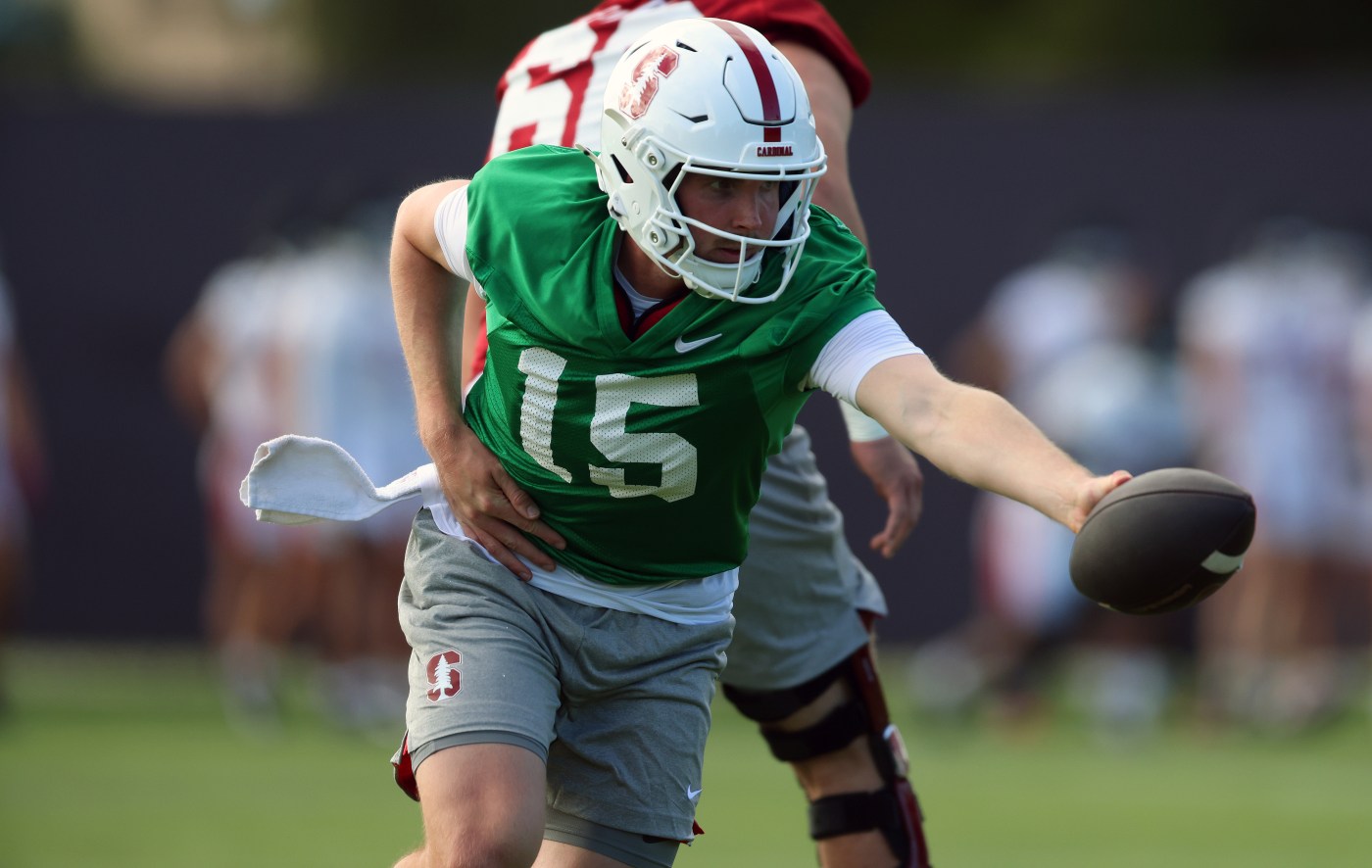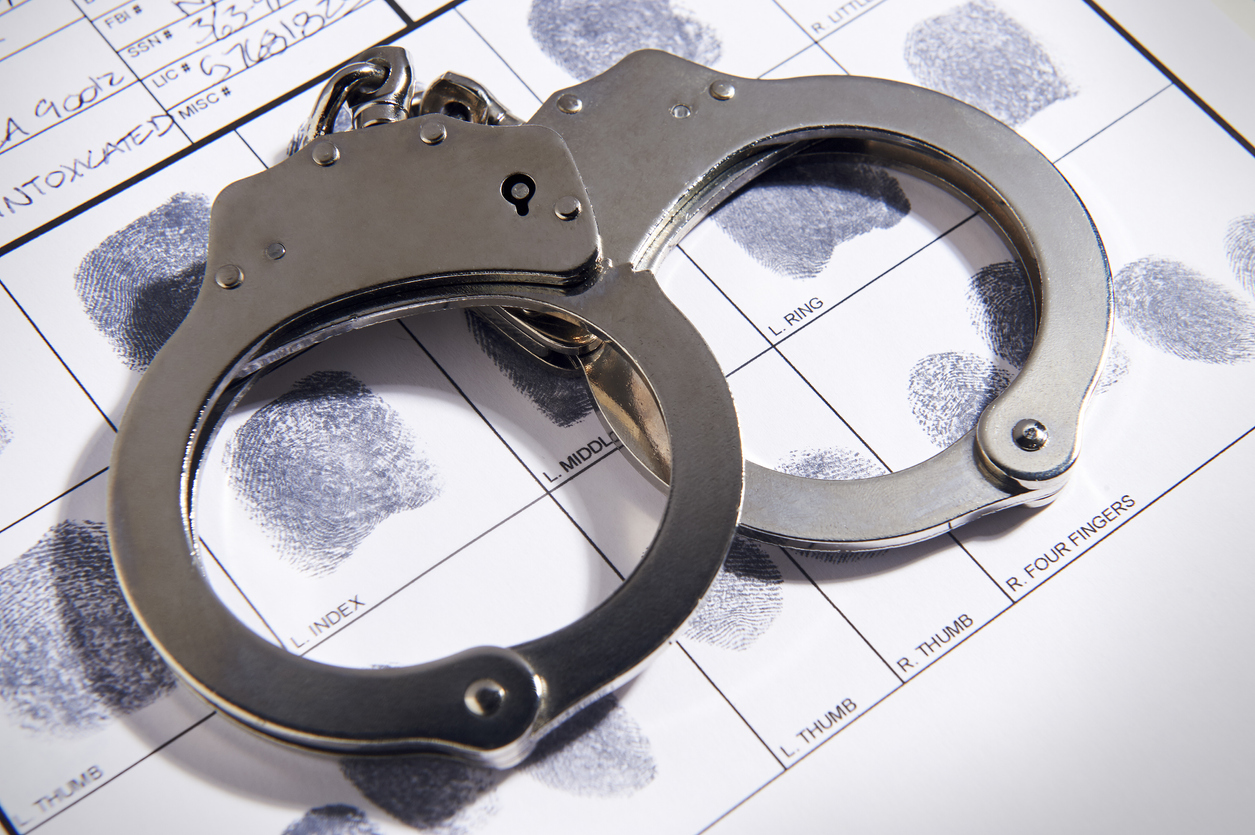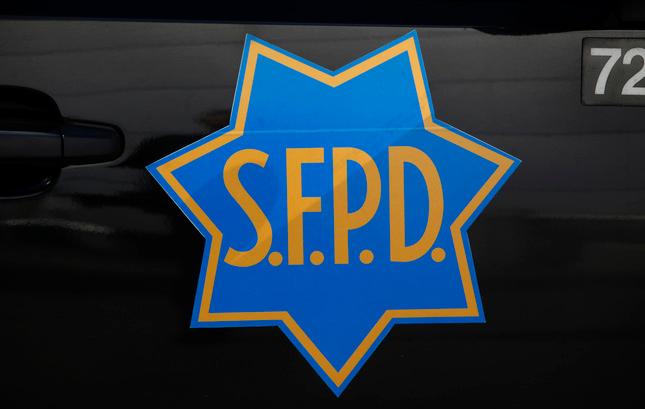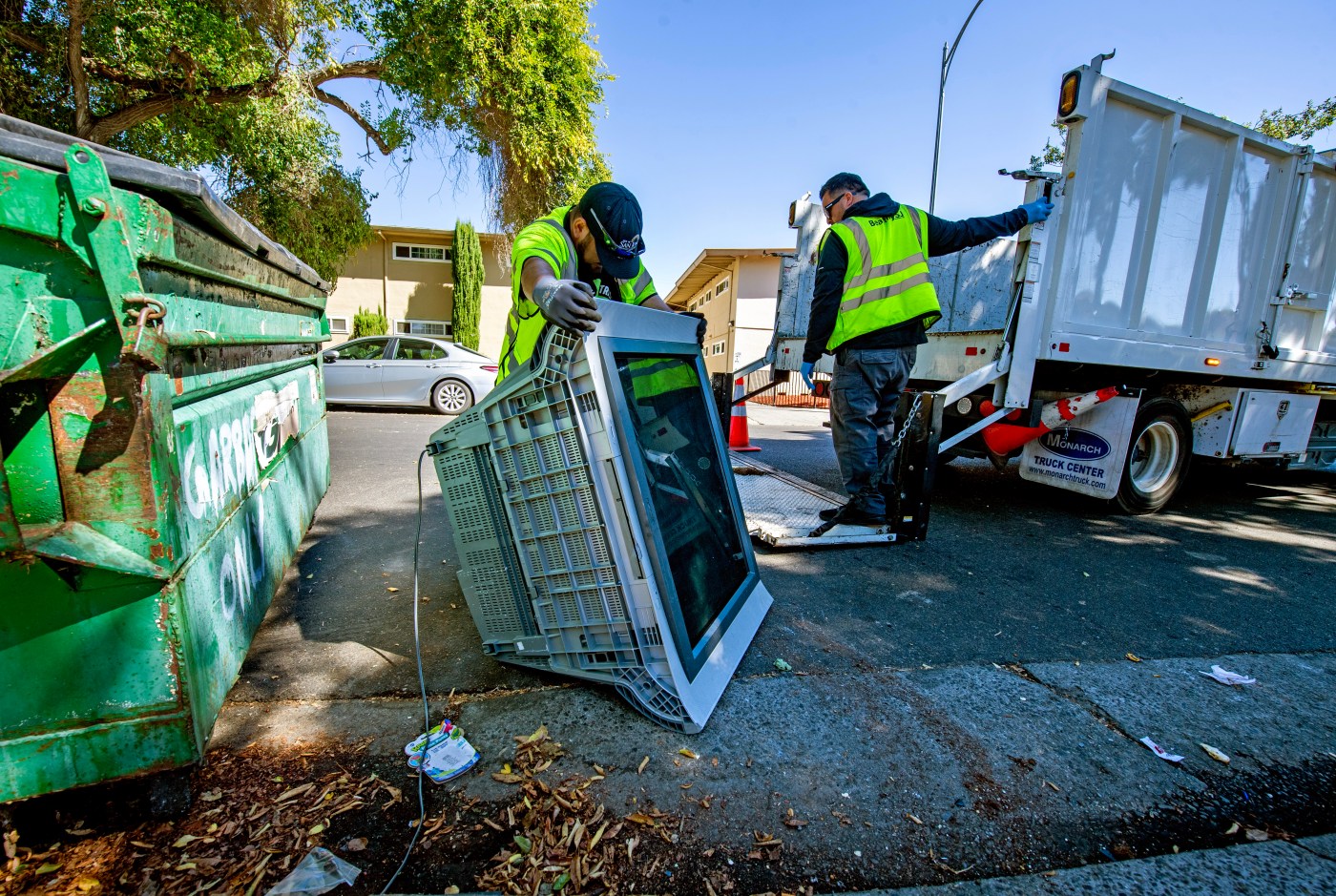By NICOLE WINFIELD, Associated Press
VATICAN CITY (AP) — With all the pomp, drama and solemnity that the Catholic Church can muster, 133 cardinals on Wednesday begin the secretive, centuries-old ritual to elect a successor to Pope Francis, opening the most geographically diverse conclave in the faith’s 2,000-year history.
The cardinals, from 70 countries, will be sequestered from the outside world, their cellphones surrendered and airwaves around the Vatican jammed to prevent them from all communications until they find a new leader for the 1.4 billion-member church.
Francis named 108 of the 133 “princes of the church,” choosing many pastors in his image from far-flung countries like Mongolia, Sweden and Tonga that had never had a cardinal before.
His decision to surpass the usual limit of 120 cardinal electors and include younger ones from the “global south” — those often marginalized countries with lower economic clout — has injected an unusual degree of uncertainty in a process that is always full of mystery and suspense.
Many hadn’t met one another until last week and lamented they needed more time to get to know one another, raising questions about how long it might take for one man to secure the two-thirds majority, or 89 ballots, necessary to become the 267th pope.
“Wait and see, a little patience, wait and see,” said Cardinal Mario Zenari, the Vatican’s ambassador to Syria as he arrived for the final day of pre-vote discussions.
A final Mass, then ‘All out’
The cardinals begin by participating in a final pre-conclave Mass in St. Peter’s Basilica. The dean of the College of Cardinals, Giovanni Battista Re, celebrates the Mass, which is meant to pray for cardinals to find the wisdom, counsel and understanding to elect a worthy new shepherd.
Re, 91, had presided at Francis’ funeral, delivering a heartfelt sermon recalling history’s first Latin American pope and the reforming 12-year papacy he oversaw.
Related Articles
What to know about the conclave to elect the next pope
Watch live: Cardinals vote to elect a new pope
India fires missiles into Pakistani territory in what Islamabad calls ‘act of war’
Rwanda says it’s talking with the US about taking in third-country deportees. Here’s why
Friedrich Merz becomes Germany’s chancellor hours after stunning defeat
At 4:30 p.m. (1430 GMT; 10:30 a.m. EDT) the cardinals walk solemnly into the frescoed Sistine Chapel, chanting the meditative “Litany of the Saints” and the Latin hymn “Veni Creator,” imploring the saints and the Holy Spirit to help them pick a pope.
Once there, they pledge to maintain secrecy about what is about to transpire and to not allow “any interference, opposition or any other form of intervention” from outsiders to influence their voting.
Standing before Michelangelo’s vision of heaven and hell in “The Last Judgment,” each cardinal places his hand on the Gospel and swears to carry out that duty “so help me God and these Holy Gospels, which I touch with my hand.”
After that, the retired preacher of the papal household, Cardinal Raniero Cantalamessa, delivers a meditation. The master of papal liturgical ceremonies, Archbishop Diego Ravelli, calls out “Extra omnes,” Latin for “all out.” Anyone not eligible to vote then leaves and the chapel doors close, allowing the work to begin.
The cardinals don’t have to take a first vote on Wednesday, but they usually do. Assuming no winner is found, the Vatican said black smoke could be expected out of the Sistine Chapel chimney at around 7 p.m.
The cardinals retire for the night and return Thursday morning. They can hold up to two ballots in the morning and two in the afternoon until a winner is found.
While cardinals this week said they expected a short conclave, it will likely take at least a few rounds of voting. For the past century, it has taken between three and eight ballots to find a pope. John Paul I — the pope who reigned for 33 days in 1978 — was elected on the third ballot. His successor, John Paul II, needed eight. Francis was elected on the fifth in 2013.
Challenges facing a new pope
There are any number of challenges facing a new pope and weighing on the cardinals, above all whether to continue and consolidate Francis’ progressive legacy on promoting women, LGBTQ+ acceptance, the environment and migrants, or roll it back to try to unify a church that became more polarized during his pontificate. The clergy sex abuse scandal hung over the pre-conclave talks.
Papal vestments of three different sizes hang in the Room of the Tears, a chamber next to the Sistine Chapel where the new pope dresses before appearing on the balcony, at the Vatican, Tuesday, May 6, 2025. (Vatican Media via AP)
Since Francis chose 80% of the voters, continuity is likely but the form it might take is uncertain.
As a result, identifying front-runners has been a challenge. But some names keep appearing on lists of “papabile,” or cardinals having the qualities to be pope.
Cardinal Pietro Parolin, 70, is a leading Italian, by nature of his office: He was Francis’ secretary of state, the Vatican No. 2, so known to every cardinal.
Filippino Cardinal Luis Tagle, 67, is a top candidate to be history’s first Asian pope. He had a similarly high-profile job, heading the Vatican’s evangelization office responsible for the Catholic Church in much of the developing world.
Hungarian Cardinal Peter Erdo, 72, the archbishop of Budapest, is a leading candidate representing the more conservative wing of the church.
A choreography to the vote:
The voting follows a strict choreography, dictated by church law.
Each cardinal writes his choice on a paper inscribed with the words “Eligo in summen pontificem” — “I elect as Supreme Pontiff.” They approach the altar one by one and say: “I call as my witness, Christ the Lord who will be my judge, that my vote is given to the one who, before God, I think should be elected.”
Clouds pass over the St. Peter Basilica at the Vatican, Tuesday, May 6, 2025. (AP Photo/Gregorio Borgia)
The folded ballot is placed on a round plate and tipped into an oval silver and gold urn. Once cast, the ballots are opened one by one by three different “scrutineers,” cardinals selected at random who write down the names and read them aloud. Cardinals can keep their own tally on a sheet of paper provided but must turn their notes in to be burned at the end of voting.
The scrutineers, whose work is checked by other cardinals called revisors, then add up the results of each round of balloting and write the results down on a separate sheet of paper, which is preserved in the papal archives.
As the scrutineer reads out each name, he pierces each ballot with a needle through the word “Eligo” and binds them with thread and ties a knot. The ballots are then put aside and burned in the chapel stove along with a chemical to produce either black smoke to signal no winner, or white smoke to announce that a new pope has been elected.
Associated Press religion coverage receives support through the AP’s collaboration with The Conversation US, with funding from Lilly Endowment Inc. The AP is solely responsible for this content.

